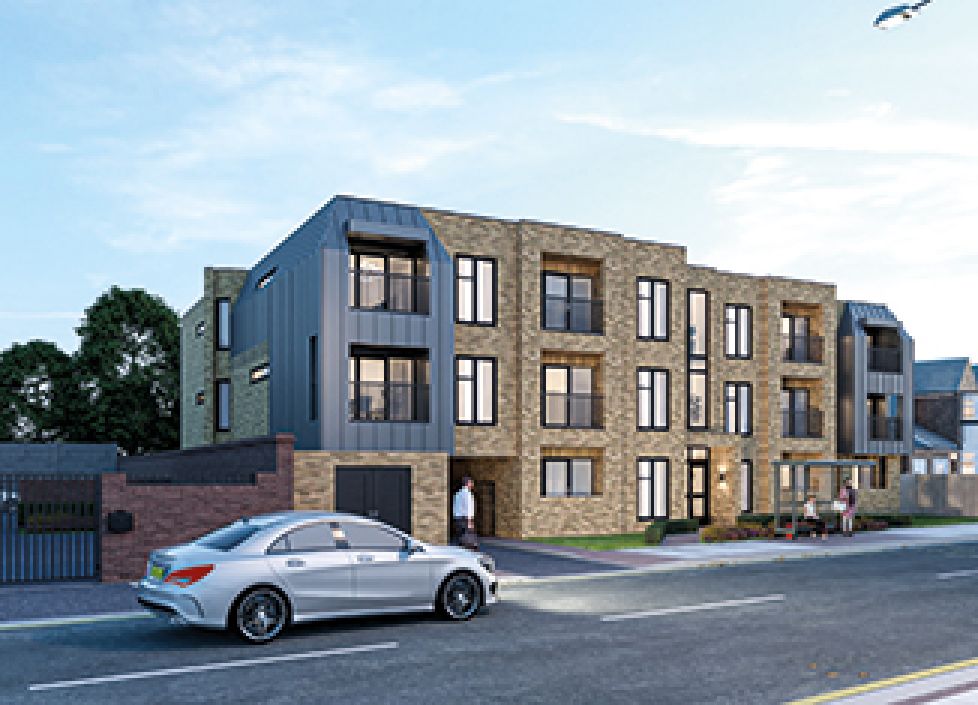Recent data from Communities and Local Government (CLG) showed a strong increase in headline house prices at a national level. But according to Capital Economics, poor affordability, tighter lending criteria and weaker new buyer enquiries all suggest that the CLG data will slow notably towards the end of the year.
CLG reported that average house prices rose by 2% in July, compared with a rise of 1.7% in the same month last year. The annual growth rate remained fairly steady at 12.4%, after a year-on-year increase of 12.1% in June.
Bridget O’Leary of Capital Economics said: “It is important to bear in mind that the CLG data is based on completion prices and thus lag other house price measures by several months. We should, therefore, not be surprised that the softer trend evident in some other series has yet to show up here.”
However, there is evidence of a slowdown in Northern Ireland where annual house price growth dropped to 46.8%, down from 55.5% year-on-year growth in June. Yorkshire and the Humber, the North West and the East Midlands also showed slower year-on-year growth rates than in June. But other regions continued to perform well. London reported the highest annual growth rate (19% up from 17.5% in June) and most other regions showed a small rise in house price inflation.
O’Leary said: “The effect of recent increases in the repossession rate and the potential for one further rate rise before the end of the year will lead to weaker house price growth over the remainder of the year although this index may be slow to show it.”
The monthly magazine providing news analysis and professional research for the discerning private
investor/landlord




















